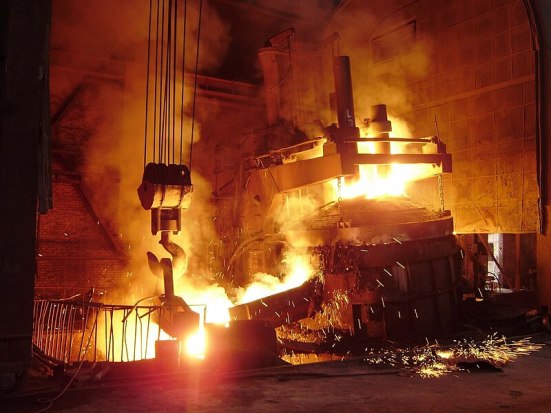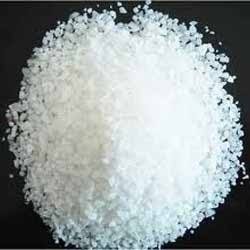Analyzing the performance of a hot rolling mill to improve productivity and reduce production costs and scrap value involves various factors including efficiency, yield, downtime, and quality control. Let’s break down the process and considerations:
- Efficiency Analysis: Efficiency measures how effectively the rolling mill converts raw materials into finished products. It is typically calculated as the ratio of actual output to theoretical maximum output. Formula:
Efficiency (%) = (Actual Output / Theoretical Maximum Output) * 100 Example:
If a rolling mill produces 90 tons of finished product per hour, and its maximum capacity is 100 tons per hour, then the efficiency would be:
Efficiency = (90 / 100) * 100 = 90% - Yield Analysis: Yield measures the proportion of usable material produced compared to the amount of raw material input. It includes factors like scrap and rework. Formula:
Yield (%) = (Usable Output / Input Material) * 100 Example:
If 100 tons of raw material are input into the rolling mill, and 5 tons are scrapped or reworked, resulting in 90 tons of usable output, then the yield would be:
Yield = (90 / 100) * 100 = 90% - Downtime Analysis: Downtime refers to periods when the rolling mill is not in operation, which can result from equipment failures, maintenance, or changeovers. Minimizing downtime is crucial for improving productivity. Formula:
Downtime (%) = (Total Downtime / Total Operating Time) * 100 Example:
If a rolling mill operates for 24 hours in a day but experiences 2 hours of downtime due to maintenance and changeovers, then the downtime percentage would be:
Downtime = (2 / 24) * 100 = 8.33% - Quality Control Analysis: Quality control ensures that the finished products meet specified standards, reducing the likelihood of scrap due to defects or non-conformance. Formula:
Quality Yield (%) = (Good Output / Total Output) * 100 Example:
If out of 100 tons of finished product, 95 tons meet quality standards, then the quality yield would be:
Quality Yield = (95 / 100) * 100 = 95%
By analyzing these factors and identifying areas for improvement, such as reducing downtime, minimizing scrap, and optimizing processes, the overall performance of the hot rolling mill can be enhanced, leading to increased productivity and reduced production costs. Additionally, implementing technologies like predictive maintenance and advanced process control can further improve efficiency and quality.



